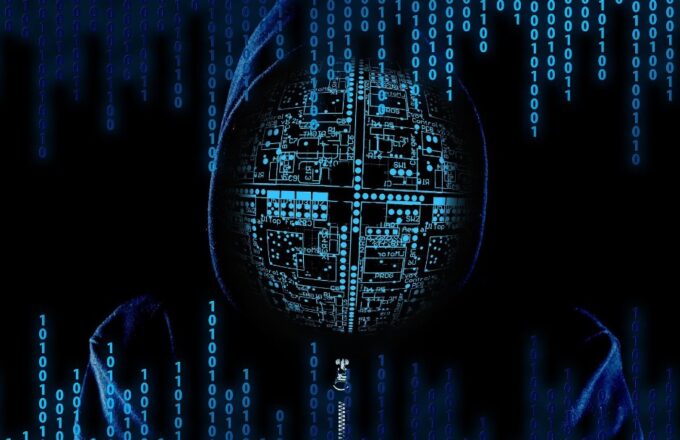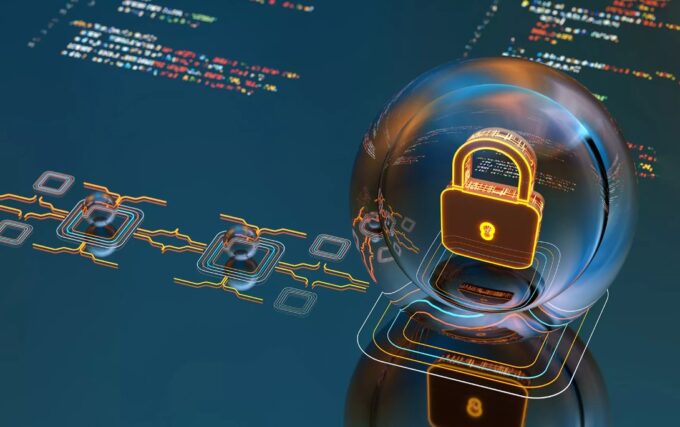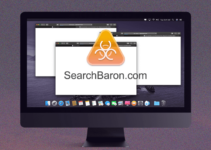
Source: yourstory.com
What we now refer to as the ‘dark web’ isn’t just the stuff of Hollywood movies and science fiction novels. The dark web is very real. Likewise, dark web threats lie around every corner. Critical infrastructure in the modern era needs to be protected against such threats through a combination of cybersecurity, threat intelligence, and proactive defense.
DarkOwl is a Colorado company that bills itself as a darknet expert. They are one of the industry’s leading providers of darknet data, data that is continuously collected from the dark web. They also offer dark web threat detection as well as other services.
DarkOwl and its competitors work with organizations of all sizes to protect critical infrastructure from dark web threats. They use a variety of means, including many of the strategies discussed below.
Network Segmentation and Access Control
Dark web threat actors prey on vulnerable networks with little to no infrastructure protection. They look for an easy way into networks that are not protected against lateral movement. How do you stop dark web threats from moving laterally? Through network segmentation and access control policies.
Network segmentation divides a network into smaller, isolated segments that are each protected by individual security policies. Even if a threat actor manages to get into one segment, his access to the rest of the system is limited.
Access control policies, including things like zero trust network access (ZTNA), only enhance network segmentation. With ZTNA, every user on the system must verify both identity and authority.
Monitoring Against Dark Web Threats
It is a lot easier to stop dark web threats when you know they are coming. Therefore, protecting critical infrastructure requires continual monitoring. The most secure organizations constantly monitor incoming and outgoing traffic 24/7. They also monitor the dark web with the goal of identifying threats as they emerge.
Continuous monitoring can be enhanced with AI threat detection tools. In addition, security experts should be analyzing threat intelligence reports from a variety of sources that include those on the dark web. They should be collaborating with authorities and industry partners to share relevant information.

Source: redscan.com
More About Dark Web Monitoring
Dark web monitoring is almost an entity under itself. Companies like DarkOwl employ it with the goal of detecting potential threats and attacks that are currently in the planning stages. Such attacks might be discussed on a dark web forum, for example.
Dark web monitoring is also utilized to identify leaked credentials and other sensitive information. When security experts can find such information, they can take the steps necessary to avoid unauthorized access.
Applying Technology
Both dark web threat detection and threat mitigation are only as good as the technology security teams employ. That is one of the reasons AI is now taking such a big role in monitoring and detecting threats. Above and beyond AI, security teams should be looking at:
- Next generation firewalls and intrusion detection systems.
- Security information and event management (SIEM) systems.
- Endpoint detection and response (EDR) systems.
Threat actors are continuously modifying what they do to get around security strategies deployed to stop them. It is an endless cat-and-mouse game requiring persistence and diligence. Therefore, relying on old technology that threat actors have already defeated doesn’t make sense.
Supply Chain Security and Technology
Protecting critical infrastructure also includes maintaining proper security across the entire supply chain. Third-party vendors and partners should constantly be vetted to ensure they are complying with standards. This includes the technology they employ.
Organizations truly need to implement strict security protocols and policies for all entities with access to critical systems, including supply chain partners. An organization is only as secure as the weakest link in the supply chain.

Source: utimaco.com
Employee Training Is Always a Priority
Dark web threats are often launched as social engineering projects. Threat actors rely on social engineering to get people to willingly give up sensitive information they can use to launch future attacks. Unfortunately, human beings make the easiest targets in cybersecurity. Therefore, employee training should always be a priority.
Employees should be educated about social engineering tactics including phishing. In a phishing scenario, a threat actor sends out an email requesting sensitive information. That email is disguised as a legitimate message from a known and trusted organization. It might even link to a deep fake website where victims can enter information voluntarily.
Thanks to AI, it is getting harder for average workers without IT and security experience to identify social engineering attacks. So it’s up to security teams to keep them up-to-date with ongoing education. The more employees know about dark web threats, the more proactive they can be in their efforts to make sure they don’t become victims.
Incident Response Planning and Implementation
Wrapping all of this up is incident response planning and implementation. This final point is extremely critical given the fact that it’s not possible to stop every single threat. There are times when threat actors will get in. They are going to overcome security measures from time to time. Therefore, organizations must have a plan in place.
Preventing significant damage from dark web threats begins with creating a competent and comprehensive incident response plan. A solid plan:
- Outlines clear procedures for analysis, containment, and recovery.
- Defines the roles and responsibilities of every involved team member.
- Establishes clear and effective communication protocols for managing incidents properly.
Once an incident response plan has been developed, it should be tested. Everyone involved should know how to implement the plan at a moment’s notice. And as the threat landscape evolves, the plan must evolve with it.

Source: networksolutions.com
Be Proactive, Not Reactive
Dark web threats are real. Threat actors are constantly looking for new opportunities to do what they do. In order to protect critical infrastructure, organizations must be proactive. They must employ key security strategies, invest in technology, and continuously train employees on how to be safe. The other option is to be reactive in nature. But reacting after the fact essentially means taking action only after it’s too late.



